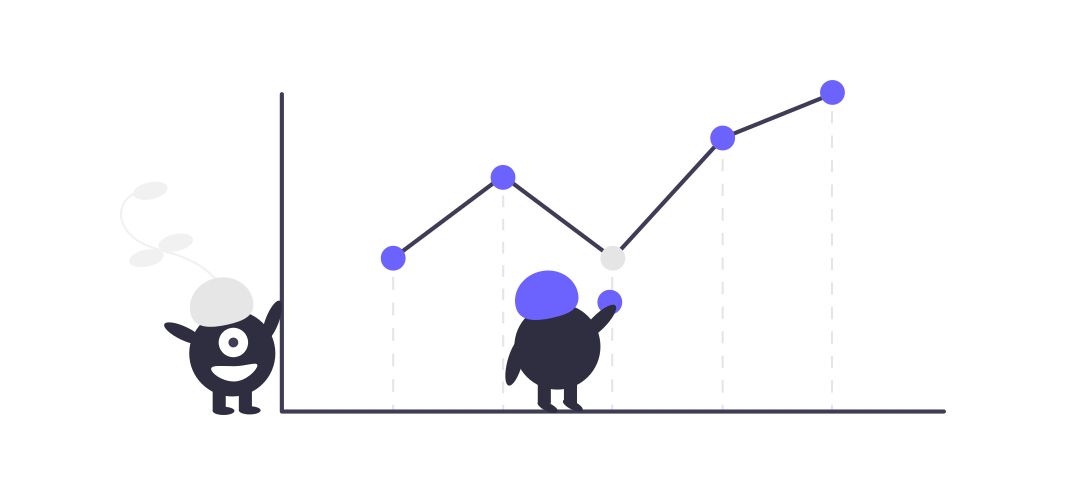Arbitrage trading is a strategic approach that leverages price differentials within the same or similar financial instruments across diverse markets or exchanges. It entails purchasing an asset at a lower price in one market and concurrently selling it at a higher price in another market, thus profiting from the price variance. Arbitrage opportunities manifest when asset prices temporarily deviate from their equilibrium levels, leading to transient price inconsistencies that traders can capitalize on.
Arbitrage traders seek to exploit these disparities by detecting and utilizing price differences across various markets or exchanges. Several techniques can be employed to achieve this goal, such as statistical arbitrage, pairs trading, and triangular arbitrage.
Statistical arbitrage relies on statistical models and algorithms to identify and seize mispricings in financial instruments. These models can scrutinize extensive datasets, uncovering patterns that indicate an asset is mispriced and enabling traders to take advantage of the divergence.
Pairs trading is a specific type of statistical arbitrage that revolves around trading two correlated assets in different markets or exchanges. Traders scout situations where the relative value of the two assets strays from its historical correlation. They then buy the undervalued asset while selling the overvalued one. This approach aims to profit from the reversion of the two assets to their historical relationship.
Triangular arbitrage is centered on exploiting discrepancies in the cross-rates of three different currencies. For instance, if the exchange rate between the US dollar and the British pound surpasses the rate between the US dollar and the euro, and the rate between the British pound and the euro exceeds the rate between the US dollar and the British pound, an arbitrage opportunity emerges. Traders can purchase the US dollar with the British pound, exchange the US dollar for the euro, and subsequently purchase the British pound with the euro, securing a profit from the disparities in exchange rates.
Arbitrage trading boasts the potential for substantial profitability, but it also carries inherent risks and challenges. Market alterations can erode or eliminate the price disparities arbitrageurs aim to exploit. Delays or disruptions in trade execution can hinder traders’ ability to seize arbitrage opportunities or even lead to losses. Additionally, accessing multiple markets or exchanges can be complex and costly. Arbitrage opportunities are often fleeting, necessitating swift action, which can be challenging without the appropriate tools and infrastructure.
Notwithstanding these obstacles, arbitrage trading can be a lucrative strategy for those who can discern 11and exploit market mispricings. By carefully evaluating market conditions and recognizing these misalignments, traders can harness these opportunities and secure profits. Nevertheless, it is crucial for traders to comprehend the associated risks and challenges and manage their risk exposure prudently to ensure the success of their trades.

What is Arbitrage Trading? Everything You Need To Know
Posted In : Finance
Author Details

Jack
Follow Us
Top Categories
- Crypto (6)
- Finance (13)
- Global (54)
- Law of government (3)
- Market (23)
- Market Analysis (8)
- other (35)
- Tech (41)
- technology (9)
- Uncategorized (1)
- Web Story (4)
